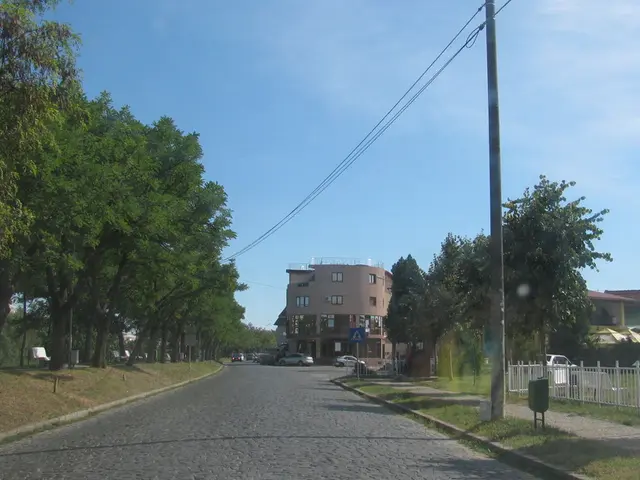PG&E Ends Contract Early, Ivanpah Solar Plant to Close Prematurely
The Ivanpah Solar Power Facility, a $2.2 billion concentrated solar power (CSP) plant, is set to close prematurely. California utility Pacific Gas & Electric (PG&E) has ended its offtake agreement early, citing high operating costs and lower-than-expected production.
Since its installation in 2014, the cost of solar photovoltaics (PV) has plummeted by over 90%, making it one of the most cost-effective energy sources today. However, the Ivanpah plant, which uses CSP technology, has struggled to compete with the falling costs of PV.
PG&E withdrew from its agreement due to the CSP plant's reliance on natural gas for operations and its high operating costs. The plant's closure has been criticised as a 'failure' and a 'boondoggle', raising concerns about the cost efficacy of solar technologies. It was initially expected to operate until 2033 but will now shut down more than a decade earlier.
The Ivanpah solar plant project was financed with $1.6 billion in loan guarantees from the U.S. Department of Energy, with Bechtel as the main engineering and construction contractor. Despite this, unsubsidized utility-scale solar has a lower levelized cost of electricity (LCOE) than nearly all fossil fuel projects, even without subsidies like the federal Investment Tax Credit.
The closure of the Ivanpah Solar Power Facility highlights the challenges faced by CSP technology in a rapidly evolving solar energy market dominated by PV. Despite the setback, solar PV has grown to over 12% of the U.S. energy mix and is forecast to surpass wind as the top renewable energy source in 2025, and coal as the second-highest capacity contributor soon after. As demand for power increases, gas, coal, and nuclear projects become more sensitive to the cost of capital, further supporting renewable energy investment.








